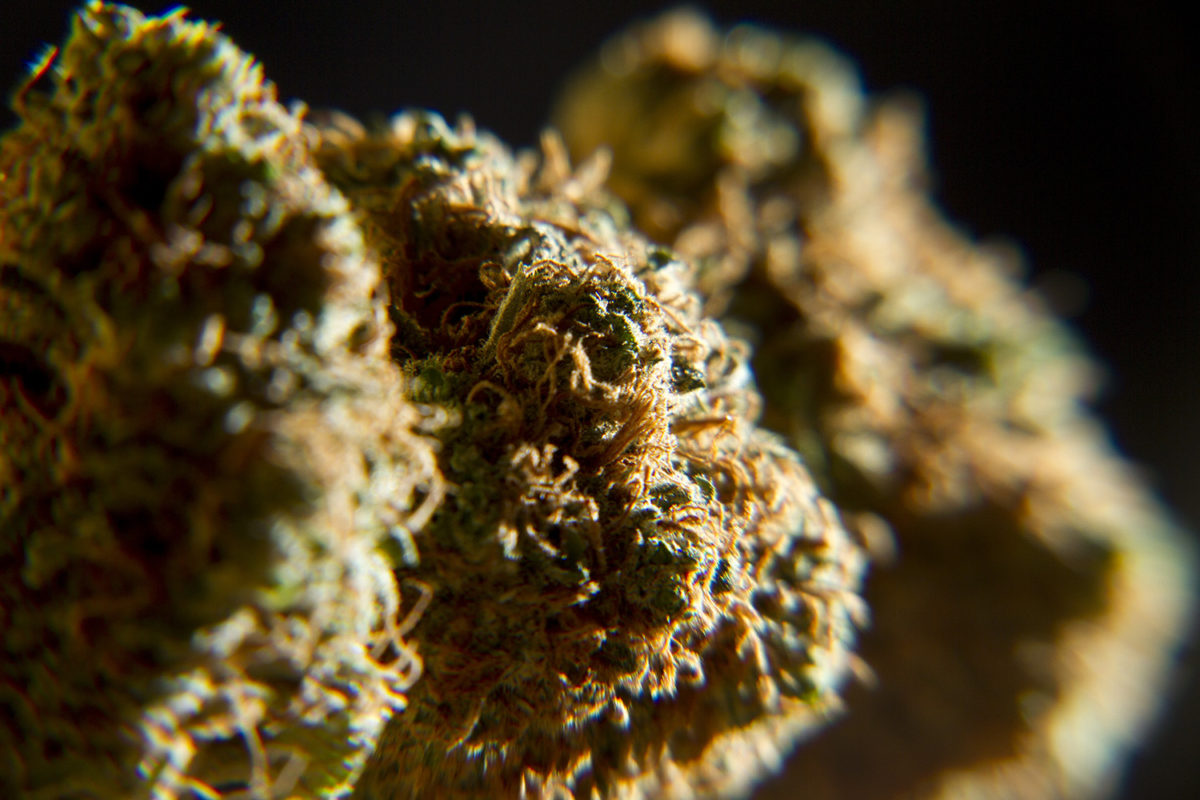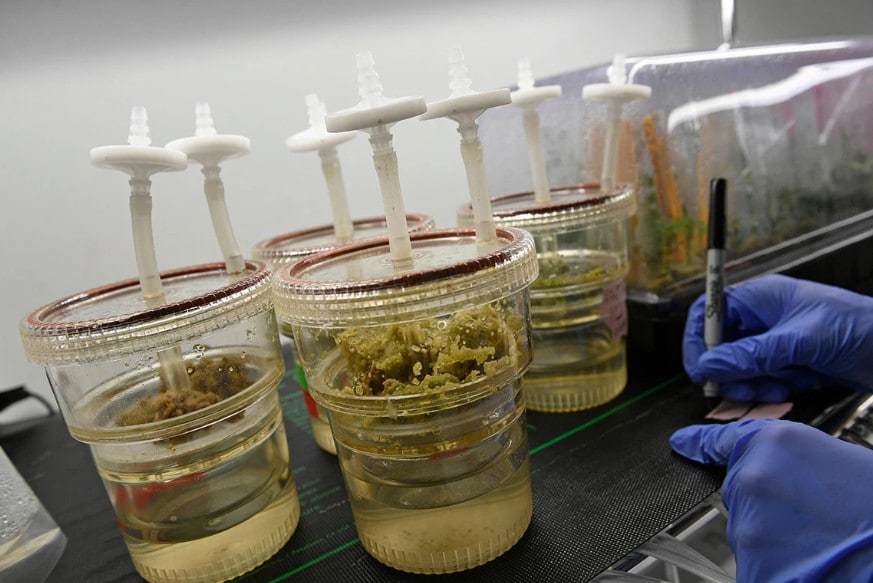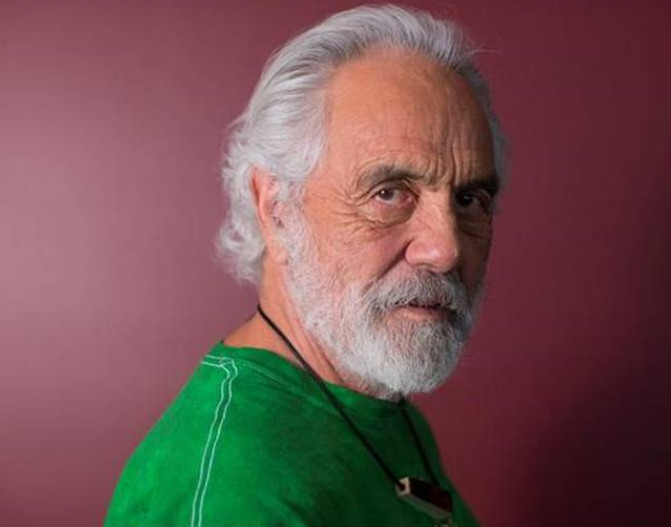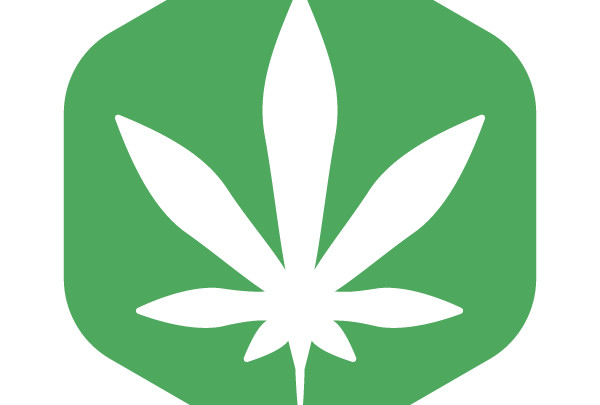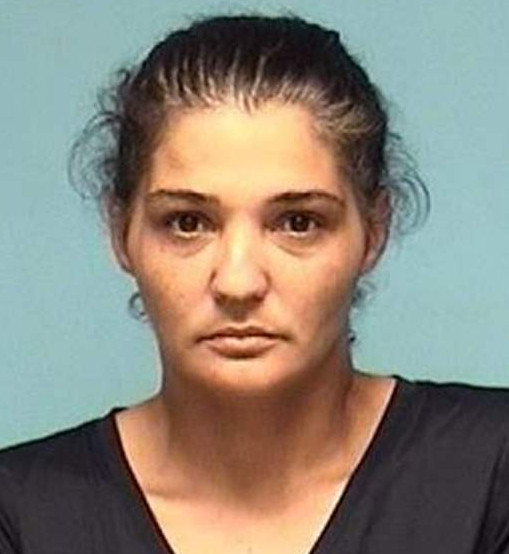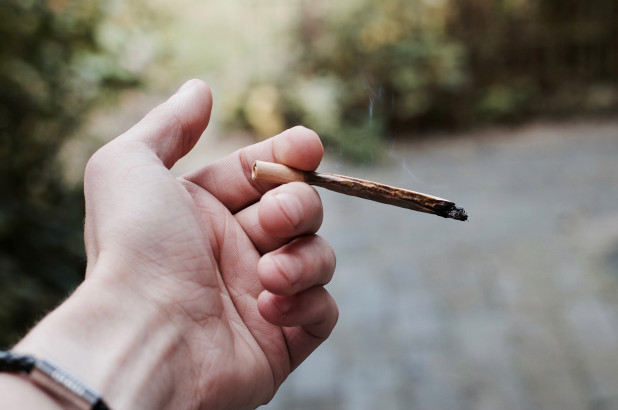“Where was the woman who said she’d come. She said she would come. Erdedy thought she’d have come by now. He sat and thought. He was in the living room.”
That’s how the late David Foster Wallace began the second chapter of Infinite Jest, one of the most striking portrayals of cannabis use I’ve read. With his commentary — and a couple of medical researchers — I’ll try to answer a question that has divided stonerkind for many years: Is marijuana addictive?
Before we get into the wisdom of DFW, let’s sum up some prevailing attitudes.
First, I had a former colleague ask Tommy Chong — he was here on a marketing trip — the question. “Yes. I think you can get addicted mentally, but not physically. I’ve seen it happen to my buddies,” Chong told Chloe Aiello.
That’s a pretty common response. A brief review of reddit comments (my favorite way to gauge public opinion) also tells us that:
- “Addiction is the witchcraft of our times.”
- “After being addicted to shooting heroin and cocaine for years, I am A-OK with being ‘addicted’ to smoking pot.”
- “People are too dumb to think for themselves. It’s supposed to cure every sickness and is hailed as a universal panacea.”
- “‘Addiction’ to weed is a psychological choice. There are no withdrawal symptoms.”
The overuse of scare-quotes alone shows that this is a debate worth having. Let’s get some medical opinions.
“He had tried to stop smoking marijuana maybe 70 or 80 times before. Before this woman knew him. She did not know he had tried to stop. He always lasted a week, or two weeks, or maybe two days, and then he’d think and decide to have some in his home one more last time.” – DFW
What is addiction?
“Addiction” is not the official term anymore. The medical community now calls it a “substance use disorder” — and you can have it with alcohol, cocaine, cannabis or practically any other substance.
“Technically, there’s no difference in how you define use disorder across the different substances,” said Dr. Christian Thurstone, a psychiatrist and the director of addiction services at Denver Health.
“The underlying theme of it is some loss of control, impairment, and functioning. You see all of that in marijuana use.”
There are differences, obviously, in what consequences an addiction can bring — weed and heroin are in entirely different classes. There’s also the question of how addictive a drug is. By all signs, marijuana is less addictive than other popular drugs.
“The current number is about 1 in 9 (users) develop a marijuana use disorder,” Thurstone said. Opioids, tobacco and cocaine all snag closer to one in three of the people who try them.
“One last final time he’d search out someone new, someone he hadn’t already told that he had to stop smoking dope and please under no circumstances should they procure him any dope. It had to be a third party, because he’d told every dealer he knew to cut him off.” – DFW.
Is there a difference between physical and mental addiction?
Doctors do talk about “physical” and “psychological” symptoms of withdrawal, Thurstone said. However, with all due to respect to Tommy Chong, it’s not really accurate to say that weed is “mental” only.
Since 2013, the DSM (basically the Bible for diagnosing medical issues) has acknowledged that frequent users of weed may experience withdrawal symptoms — including very physical sensations.
“What we found is that cannabis withdrawal is a valid and reliable syndrome that occurs when people who are daily cannabis users stop use,” said Dr. Ryan Vandrey, who is responsible for some of the most recent research on withdrawal. He’s an associate professor in the Behavioral Pharmacology Research Unit at Johns Hopkins University School of Medicine.
Cannabis withdrawal tends to happen from the first or second day of abstinence, and it can last about two weeks, according to Thurstone.
It “consists of cravings, insomnia, strange dreams, decreased appetite, weight loss, irritability, restlessness, feeling hot and cold, mild tremors,” he said. Depression and anxiety also are possible, according to the DSM V.
Some of these symptoms may be linked, according to Thurstone, to the fact that the body reduces the number of active cannabinoid receptors in the brain during frequent use. “There’s a readjustment time,” he said.
“When you repeatedly use a drug it alters your body’s physiology,” Vandrey said. “All of those types of symptoms are rooted in biology.”
Taken together, these symptoms can become part of a cycle of use. Withdrawal symptoms are thought to account “for about 50 percent of relapses,” per Thurstone. Two-thirds of people in treatment show physical symptoms of dependence, he said.
“The dope scared him. It made him afraid. It wasn’t that he was afraid of the dope, it was that smoking it made him afraid of everything else. It had long since stopped being a release or relief or fun.” – DFW.
Why does it matter?
Let’s stop here and acknowledge that many people say they experience positive effects from marijuana. Maybe you sleep better on it, maybe you exercise better on it, maybe it reduces your social anxiety. All of these are the subject of ongoing research.
There are also demonstrable negative effects. Maybe you’re obviously impaired at work. Maybe it ruins your sleep. Maybe it makes you too anxious to go outside, and so you stay inside.
Maybe, more subjectively, you’re distracting yourself from a void in your life. A personal theory of mine is that weed can make little things too interesting even as it makes the outside world too scary. People can get content to live in little worlds.
The point is that marijuana does have negative side effects, and I know plenty of people who have continued to use even while saying that they should quit. That’s the definition of substance-use disorder.
“He began to grow disgusted with himself for waiting so anxiously for the promised arrival of something that had stopped being fun anyway.” – DFW.
What does addiction look like? Who gets addicted?
The physical withdrawal symptoms may be temporary — but that doesn’t matter if you never get beyond them.
“One of the key things that happens there is that people have an incredibly difficult time sleeping. And if you’ve gone a couple nights without sleeping, and all you know you need to do to go back to sleeping is to smoke a joint — that’s pretty compelling,” Vandrey said.
Being part of a social circle that uses frequently also makes it harder to quit, he said. Unfortunately, Vandrey said, there isn’t much clear-cut research about who is most likely to become dependent.
The predictors include “the same types of problems that predict problems with other substance abuse. People at lower socio-economic levels. People with lower positive reinforcers,” he said. “And there seems to be some genetic risk factors for problematic use.”
We also know that people who use cannabis to cope with depression and anxiety “are more likely to have problematic use patterns.” Yet, “when you roll all of that stuff together, there’s still no way to accurately predict who’s going to have a problem,” he said.
“He didn’t even know why he liked it anymore. It made his mouth dry and his eyes dry and red and his face sag, and he hated it when his face sagged, it was as if all the integrity of all the muscles in his face was eroded by marijuana, and he got terribly self-conscious about the fact that his face was sagging, and had long ago forbidden himself to smoke dope around anyone else. ” – DFW
What works?
So, none of this matters if you know you’re smoking too much weed and don’t know how to stop.
The answer may look more like therapy than Nicorette, the doctors tell me. “We don’t have anything that’s particularly effective, but the things that are effective are the same types of interventions that work for other drugs,” Vandrey said.
That would include practices such as motivational interviewing, in which counselors encourage clients to verbalize and resolve the ambiguity in their lives — to state their goals and then care about them.
Vandrey also has seen success from “contingency management,” which is mostly about positive reinforcement, in some cases giving clients tokens and vouchers for good behavior.
Finally, there’s cognitive behavioral therapy, which teaches clients coping strategies to deal with the factors that may encourage substance use. Also helpful for pretty much every health issue: improvement in personal monetary conditions.
Overall, “on any given quit attempt, you’re more likely to fail than to succeed,” Vandrey said. But “there are studies that show the more times you try to quit, the better your success rates.”
credit:denverite.com

